Around the world, the COVID-19 pandemic exposed the fact that some of the poorest people were hit the hardest by not only the impacts the virus had on public health but also the social and economic shockwaves that came as a result. And now, as we emerge on the other side yet also enter the second wave of restrictions around the globe, urban planners and government officials are beginning to realize that the pandemic has pulled back the curtains on another inequitable feature of cities- the proximity to public parks and spaces.
During the pandemic, more than 12% of New Yorkers didn’t live within a ten-minute walk of a park and even more lost access to the spaces they did have when the city shut down playgrounds as a means to mitigate the spread of the virus when so much was still unknown. A recent article released by the New York Times claimed that although New York City has more than 2,300 parks, many of the underserved communities live in an ironically dubbed “park desert”. While the creation of new parks is a long and difficult process, Governors Island, a famous, 172-acre picnic and hangout spot, is reopening in an attempt to be a resource for those who did not have the ability to spend the last year and a half of the pandemic in the comfort of local outdoor space. To appeal to those residents, the island is utilizing a ticketing system that will prioritize those who the city deems might be in most need of public space.
Read the full article on ArchDaily
Author: Kaley Overstreet
Recommended by Luisa Bravo

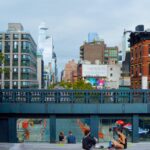
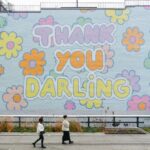
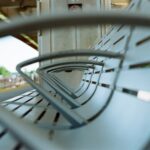

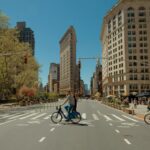
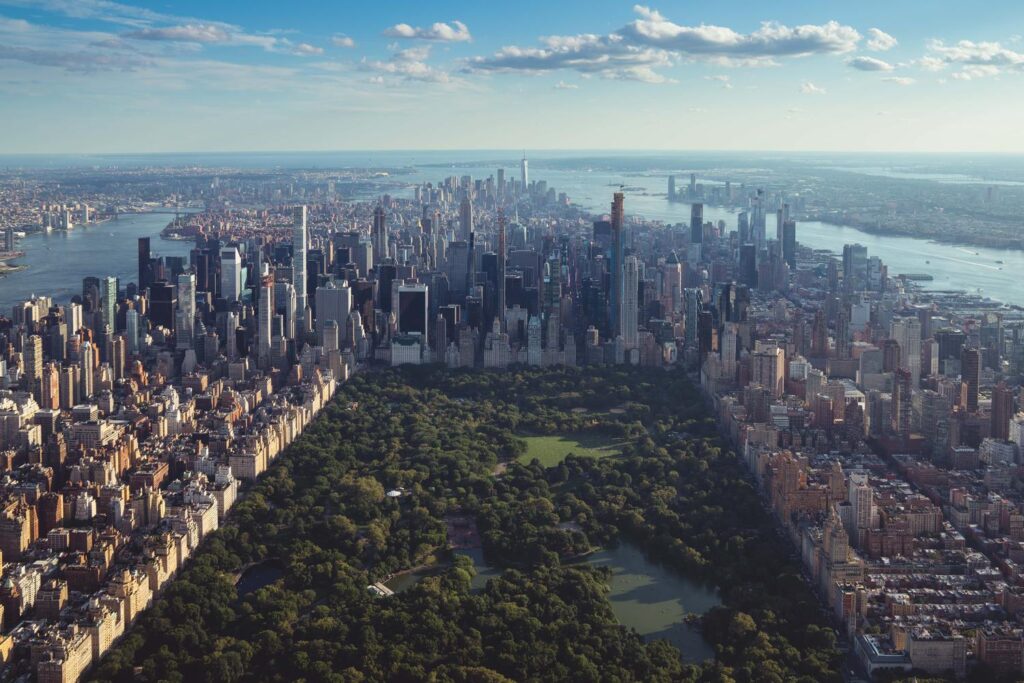
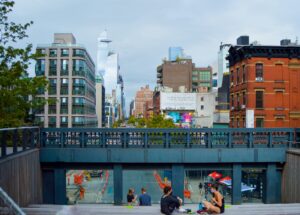
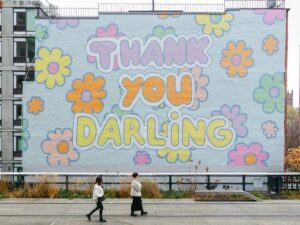
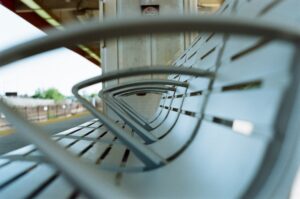
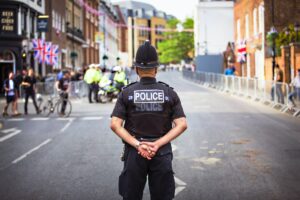
More Stories
A stealthy reimagining of urban public space by Elizabeth Diller
The best outdoor art in NYC this winter (2024)
Activists vow to keep installing guerrilla benches at East Bay bus stops